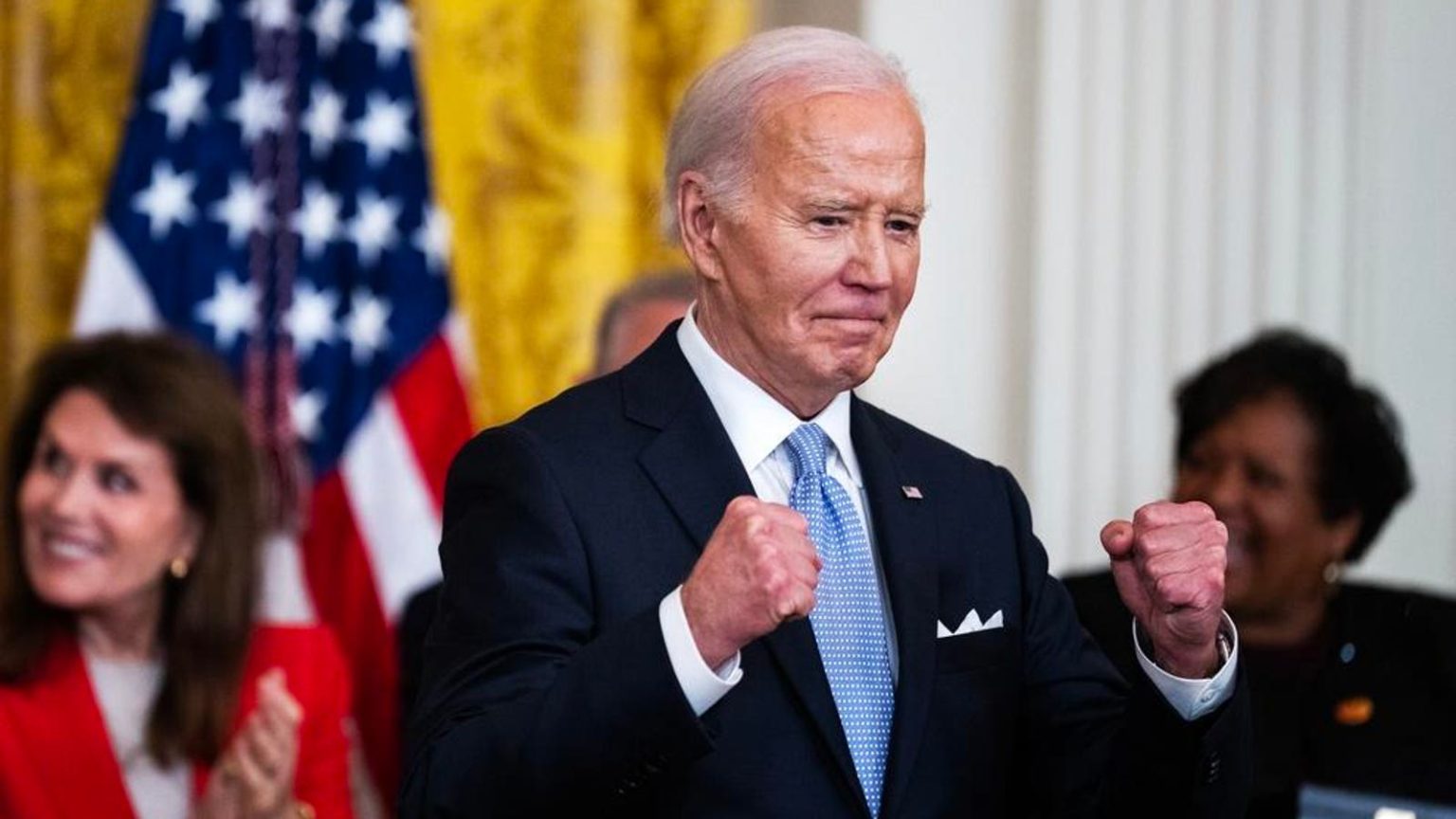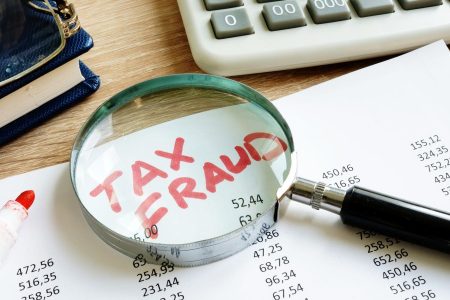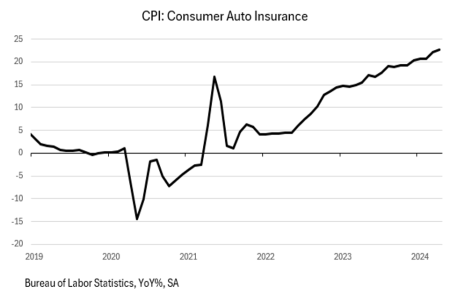President Joe Biden has approved billions of dollars in student loan forgiveness for more than 4.5 million borrowers since taking office, mostly through various reforms and executive actions. The administration unveiled a new plan last month that promises even more relief for borrowers. However, navigating these programs can be complex, as each federal student loan forgiveness program has its own set of rules and criteria, many of which may overlap with other opportunities. Some forms of loan forgiveness may be automatic, while others require specific steps such as submitting an application, consolidating loans, or changing repayment plans.
One way borrowers may qualify for student loan forgiveness is through the amount of time they have spent in repayment. President Biden’s one-time IDR Account Adjustment program aims to credit borrowers retroactively with time towards their 20-year or 25-year loan forgiveness term under income-driven repayment plans. Additionally, Biden’s new mass debt cancellation plan could provide federal student debt discharge for borrowers who entered repayment at least 20 years ago for undergraduate borrowers, and 25 years ago for graduate school borrowers. Another option is the SAVE plan, which allows borrowers to qualify for a discharge in as little as 10 years if they meet certain criteria.
Employment can also be a basis for student loan forgiveness, especially when combined with time spent in repayment. Employees of nonprofit or government organizations may be eligible for Public Service Loan Forgiveness, which can lead to debt relief after 120 qualifying payments. The Teacher Loan Forgiveness program can provide up to $17,500 in debt relief after five years of meeting specific requirements while teaching at an eligible institution. Additionally, federal Perkins loans may be eligible for profession-specific cancellation. However, for most borrowers with high federal student debt burdens, PSLF may be the most valuable program to pursue.
Biden’s new debt relief plan aims to address excessive interest accrual or capitalization by potentially eliminating up to $20,000 in interest for borrowers who have experienced such issues. The plan could provide even higher amounts of loan forgiveness for borrowers enrolled in certain income-driven repayment programs and meeting certain income criteria. While the new plan is not yet available, proposed rules are expected in the coming months with implementation anticipated in the fall.
For borrowers experiencing financial hardship, there may be relief options available. Currently, there is no administrative discharge or loan forgiveness option for hardship, but borrowers pursuing a bankruptcy discharge of their government-owned federal student debt may have a pathway to relief. Biden’s new student loan forgiveness plan is also expected to provide relief based on hardship for borrowers facing challenges that prevent them from paying back their loans. The plan could cancel student debt for borrowers experiencing hardship due to various factors such as age, low income, high expenses, or eligibility for other government relief programs.
Having a significant medical impairment can already be a basis for student loan forgiveness under the Total and Permanent Disability discharge program. The Biden administration has made updates to the TPD discharge application to expand eligibility and streamline the process for borrowers. Additionally, a borrower’s medical condition and disability status may also be considered as a basis for hardship student loan forgiveness under Biden’s new mass debt relief plan. Attendance at certain schools may also qualify borrowers for loan forgiveness through automatic group relief, Borrower Defense to Repayment applications, or other programs.
Overall, there are various pathways for borrowers to qualify for student loan forgiveness, each with its own set of rules and criteria. The Biden administration’s efforts to expand relief options and streamline the process aim to provide much-needed assistance to millions of borrowers struggling with student loan debt. More information about federal student loan forgiveness and discharge programs can be found at StudentAid.gov.















